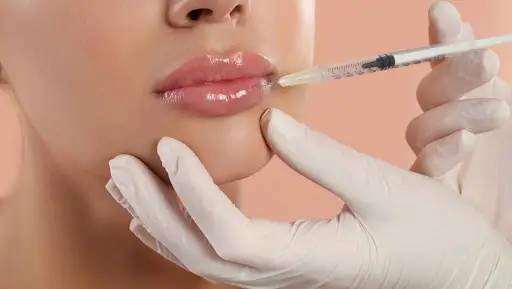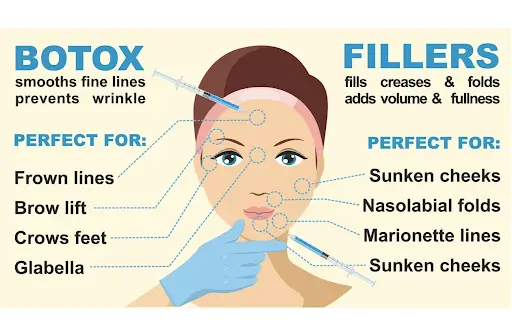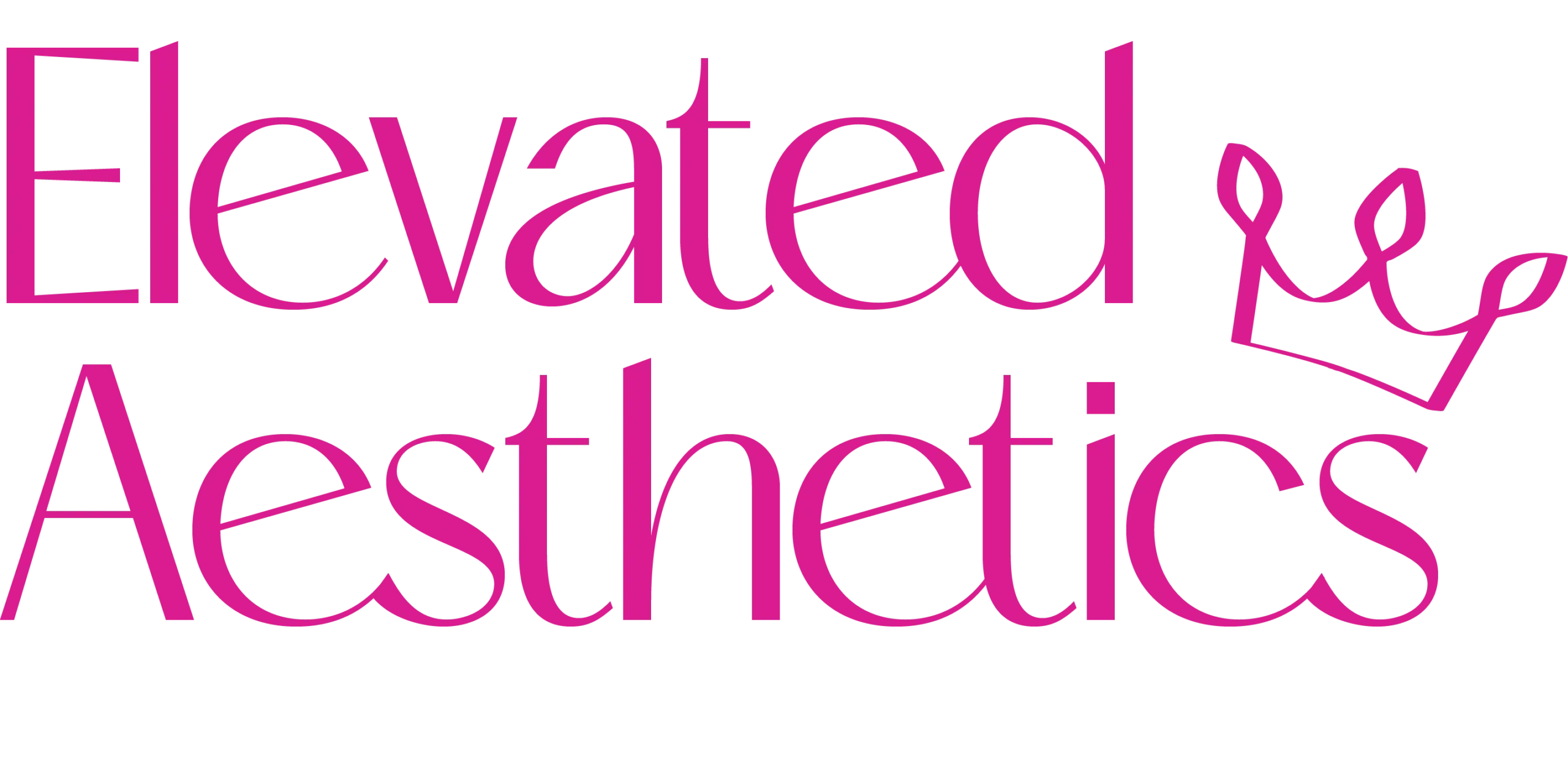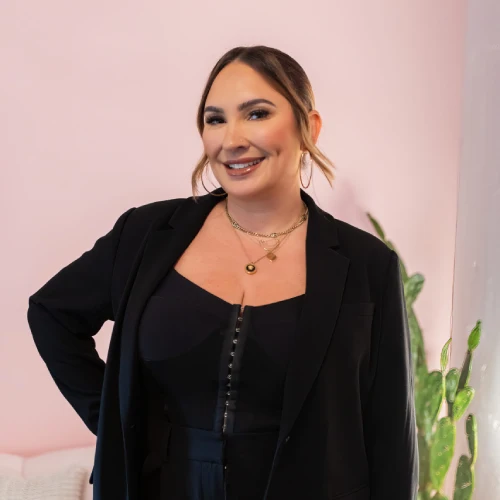Botox vs fillers stands as America's most sought-after cosmetic procedures. Americans underwent more than 23 million cosmetic procedures in 2022 alone. My patients often find it challenging to choose between these treatments, and with good reason – each treatment excels in addressing different aesthetic needs. Botox and fillers work in completely different ways. Botox works …

Botox vs fillers stands as America’s most sought-after cosmetic procedures. Americans underwent more than 23 million cosmetic procedures in 2022 alone. My patients often find it challenging to choose between these treatments, and with good reason – each treatment excels in addressing different aesthetic needs.
Botox and fillers work in completely different ways. Botox works by relaxing muscles that cause wrinkles, while fillers add volume and reshape facial features. The costs between these treatments vary mainly. You will pay about $10 to $15 per unit for Botox, with most sessions coming in around $528. A hype of hyaluronic acid padding costs about $682 on average. These treatments have helped people for decades, and we have seen a huge swell in fashionability. The choice between Botox and fillers needs careful study, whether you are new to ornamental procedures or looking to maintain your current treatments. This piece breaks down what you need to know about results, how long they last, and what it all means. You’ll find everything you need to make the right choice for your beauty goals.
Understanding how Botox and fillers work
These popular injectable treatments work differently to address various facial concerns. Let’s see how they work in your skin and muscles.
Botox: muscle relaxation and wrinkle prevention
Botox contains purified botulinum toxin type A, a neurotoxin that blocks nerve signals to specific muscles temporarily. The injection stops communication between nerves and muscles, which prevents them from contracting. This targeted muscle relaxation makes Botox effective at treating dynamic wrinkles that form from repeated facial expressions like frowning, squinting, or raising eyebrows.
The treatment starts working under your skin’s surface. The treated muscles relax gradually within 3-7 days after injection, and your skin smooths out naturally. You’ll notice the effects for 3-4 months until muscle movement returns slowly. Many dermatologists now use “preventative Botox” to stop wrinkles before they form by reducing the repeated skin creasing that creates permanent lines.
Fillers: volume restoration and contouring
Dermal fillers take a completely different approach. These gel- suchlike substances go beneath your skin to add volume directly. The most popular paddings use hyaluronic acid( HA), a natural substance in your body that pulls in and holds water molecules. Paddings show results right down by plumping up the treated area and smoothing out lines. Some paddings do further than add volume. Calcium hydroxylapatite and poly-L-lactic acid types boost your body’s natural collagen production, which improves skin structure for longer.
What is the difference between Botox and fillers?
The main difference lies in how they treat wrinkles. Botox targets dynamic wrinkles by relaxing muscles that cause skin creasing during expressions. Paddings attack stationary wrinkles — the bones you see indeed when your face is relaxed — by adding volume where wholeness has dropped due to growing or other factors. Treatment areas vary significantly. Botox works best on the upper face(forehead lines, crow’s feet, and between eyebrows). Padding shines in the medial and lower face areas( cheeks, lips, nasolabial creases, and mannequin lines). Timing sets them piecemeal, too. Botox results develop over several days, while padding changes appear as soon as you get the injection. The stylish results frequently come from combining both treatments to fight different signs of growing at formerly.
Choosing the right treatment for your goals

Your choice between Botox and fillers depends on your specific concerns and goals. The best option comes down to understanding what each treatment does best.
When to choose Botox
Botox works best on dynamic wrinkles that show up during facial movements and expressions. You should think about Botox to treat:
- Horizontal forehead lines
- “11” lines between eyebrows
- Crow’s feet around the eyes
- Lines that appear with facial expressions
Botox might be your best choice if wrinkles only show up when you make expressions. More than that, Botox serves as an excellent preventive treatment. The results can reverse lines if you start treatment early. These lines become harder to remove completely if you wait until they become permanent.
When fillers are more effective
Dermal fillers work better for static wrinkles – lines you see even when your face is relaxed. Fillers excel at:
- Restoring lost volume in the cheeks
- Enhancing or filling thin lips
- Smoothing nasolabial folds (smile lines)
- Filling recessed scars
- Adding definition to the jawline or chin
Results from fillers show up right away. This makes them perfect for quick improvements in facial contours or volume. They’re the best solution to fix sagging or volume loss that comes with age.
Can you combine Botox and fillers?
You definitely can! The combination often gives better results than using just one treatment. These treatments target different issues, so using both creates an integrated facial rejuvenation. This approach works great because:
- Botox relaxes upper face muscles while fillers add volume to the mid and lower face
- You can fix both dynamic and static wrinkles at once
- Botox helps fillers last longer by limiting muscle movements that break them down
- The “liquid facelift” creates natural-looking results without surgery
Most patients get better rejuvenation from combining treatments than from using either one alone. This approach tackles multiple aging signs with minimum recovery time.
Risks, side effects, and safety tips
Safety deserves careful attention when you choose between injectables. You should understand the possible complications of both treatments before moving forward.
Botox vs fillers side effects: what to expect
Temporary discomfort comes with both Botox and paddings. The most common cases see pain, swelling, greenishness, or bruising where the injection site, but these generally go down in a day or two. Botox cases might feel like the flu- similar symptoms, headaches, or neck pain. People who get paddings occasionally notice temporary impassiveness, itching, or can feel the material under their skin. These treatments have proven safe, with serious side effects showing up in less than % % % of cases. In malignancy of that, paddings can occasionally beget lasting problems like lumpiness, creases, or uneven facial features if the material is not distributed properly.
Rare but serious complications
Both treatments can have rare but severe pitfalls despite their good safety record. Botox carries a small threat of the poison spreading beyond where it was fitted — this could lead to a life-threatening bacterial infection. Paddings bring different serious pitfalls. In veritably rare cases, providers might accidentally fit padding into blood vessels and beget stroke, heart attack, or indeed blindness. Some people also have antipathetic responses to paddings that can spark breathing problems, swallowing issues, hives, or stomach pain.
How to choose a qualified provider
Your choice of provider mainly affects your safety. Certified medical professionals with special training in ornamental injectables should be your only option. Board-certified dermatologists, plastic surgeons, or ornamental surgeons with lots of experience doing these procedures make stylish choices. Tell your provider about your full medical history during the discussion. This includes specifics, supplements, disinclinations, and any once facial surgeries. Look through their ahead- and- after prints and ask how much experience they’ve with the treatment you want. Cost should not be your main concern — cheaper treatments frequently bring advanced pitfalls of complications. Good providers will give proper follow-up care and stay available to help with any issues after your procedure.
Botox vs. Dermal Fillers: Key Differences Compared
| Feature | Botox | Dermal Fillers |
| Primary Use | Reduces dynamic wrinkles (e.g., frown lines, crow’s feet) | Restores volume, plumps lips, fills static wrinkles (e.g., nasolabial folds, marionette lines) |
| Active Ingredient | Botulinum toxin (temporarily paralyzes muscles) | Hyaluronic acid, calcium hydroxylapatite, poly-L-lactic acid, etc. |
| Treatment Areas | Forehead, between eyebrows, around eyes | Cheeks, lips, jawline, under eyes, smile lines |
| Results Duration | 3–6 months | 6–24 months (varies by filler type) |
How much do Botox and fillers cost?
Money plays a big role in choosing between cosmetic treatments. Let’s get into what you might spend on these popular injectables.
Botox vs fillers cost breakdown
The price gap between these treatments is substantial. Botox costs $10 to $15 per unit. Most people need 30-40 units for their forehead and eyes, which adds up to $300 to $600 per session. The prices change based on where you live. Coastal cities tend to charge more than small towns.
Dermal fillers work differently – you pay by the syringe. Hyaluronic acid fillers run about $682 per syringe. Non-hyaluronic acid fillers cost more at $901 per syringe. You’ll likely need several syringes to get the look you want, which makes the original cost higher than Botox.
How long does each treatment last vs the cost
These options give you a different bang for your buck. Botox results stick around for 3-4 months. This means you’ll need about three touch-ups each year. Fillers last longer. Hyaluronic acid fillers keep working for 6-18 months. Synthetic options like poly-L-lactic acid can stretch to 2 years.
Premium fillers like Juvederm Voluma used in the cheeks can last 12-24 months. This makes their higher price tag more reasonable over time. Lip fillers need more frequent updates, usually lasting 6-12 months.
Are these treatments worth the investment?
The value depends on your beauty goals. Botox might seem cheaper per visit for wrinkle prevention, but those yearly touch-ups add up. Plastic surgery statistics show that both treatments are becoming more accessible to more people. This suggests many find them worth the money.
Here’s what affects the value:
- The provider’s skill level (a vital factor for natural results)
- Where you live (prices can jump 50% between regions)
- How often do you need treatments
- Combined treatments that might work better together
These treatments give you subtle, customizable results without long recovery times. Many people find this appealing, even though the results don’t last forever.
Conclusion
Your choice between Botox and fillers ended up coming down to what you want to achieve and how you want to look. Botox does its best work on wrinkles that show up when you move your facial muscles, especially in the upper face. Fillers are great at adding volume and fixing wrinkles that are always visible in the mid and lower face. Many people get the best results by using both treatments together to improve their whole face.
The safety of any cosmetic procedure should be your number one concern. You need to find a good and educated provider, whatever treatment you pick. Both procedures are safe when done right, but knowing what could go wrong helps you make better decisions. Of course, cost plays a big part too. Botox costs less up front but needs further frequent touch-ups than paddings. All the same, how long the results last changes a lot based on where you get treated, what product your provider uses, and how your body responds. Whether you seek wrinkle relaxation or volume restoration, our experts will guide you to your ideal result.
Book a Consultation with Elana
FAQs
Q1. What are the main differences between Botox and paddings?
Botox relaxes muscles to reduce dynamic wrinkles, primarily in the upper face, while fillers add volume to address static wrinkles and restore facial silhouettes, generally in the medial and lower face. Botox results develop gradually over several days, whereas padding results are immediate.
Q2. How long do the goods of Botox and paddings generally last?
Botox goods generally last 3- 4 months before taking conservation. Paddings generally last longer, with hyaluronic acid paddings lasting 6- 18 months and some synthetic options lasting up to 2 times, depending on the treatment area and product used.
Q3. What are the common side effects of these treatments?
Both Botox and paddings may cause temporary discomfort, swelling, greenishness, or bruising at injection spots. Botox might lead to flu- suchlike symptoms or headaches, while paddings can bring temporary impairment or a feeling of the material under the skin. Serious complications are rare but possible.
Q4. How much do Botox and padding treatments generally cost?
Botox is priced per unit, ranging $10 to $15 per unit, with most treatments totaling $300 to $600 per session. Dermal paddings are priced per hype, with hyaluronic acid paddings comprising $682 per hype. Costs can vary based on position and provider moxie.
Q5. Can Botox and fillers be combined for better results?
Yes, combining Botox and paddings frequently delivers superior results. This approach can give comprehensive facial revivification by addressing both dynamic and static wrinkles contemporaneously. The combination can also extend padding life and produce a balanced, natural-looking result without surgery.


